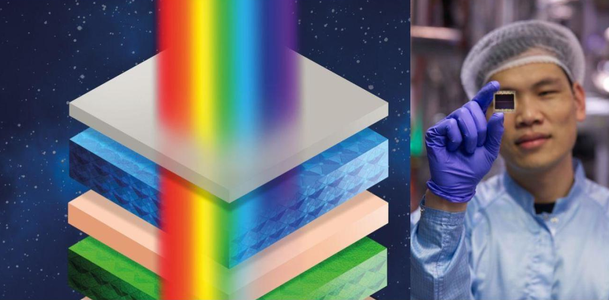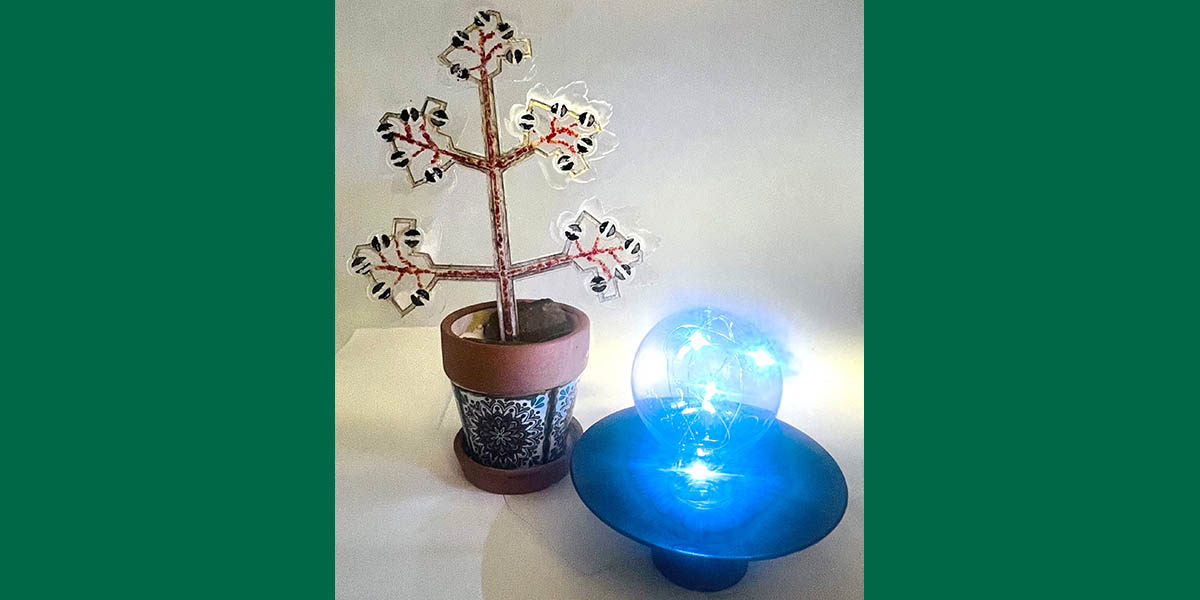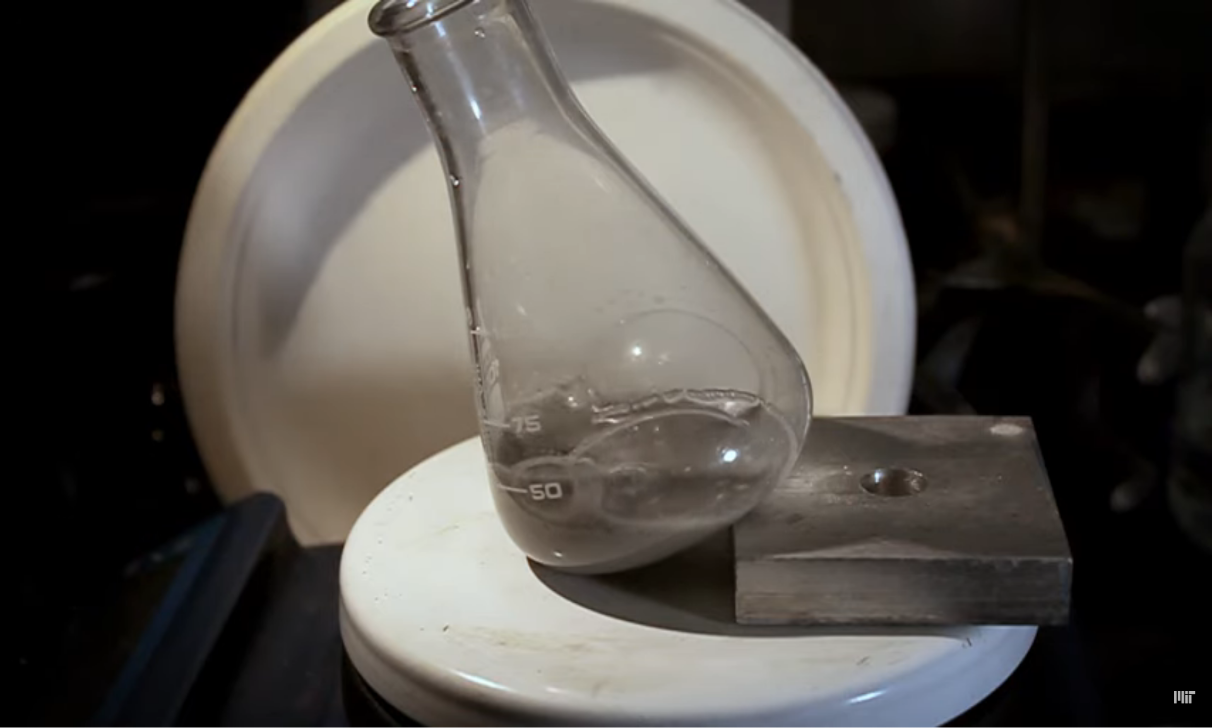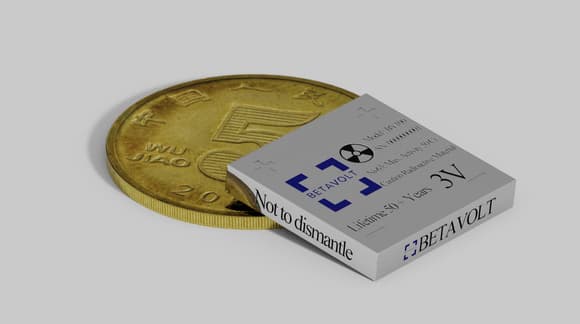Perovskite solar cells have long been touted as a promising alternative to traditional silicon-based cells. Their exceptional thinness and adaptability make them highly efficient at converting sunlight into electricity.
Researchers at the University of Oxford have developed an ultra-thin perovskite cell with an unprecedented light conversion efficiency of 27%. This remarkable efficiency, coupled with the cell’s flexibility, allows for its application on various surfaces such as vehicles, buildings, and facades, significantly expanding the potential areas for solar energy generation.
The Oxford team has been working on these cells for over five years, successfully increasing their efficiency from a modest 6% to an impressive 27%. With ambitious plans to reach an efficiency of over 45%, the researchers are exploring a multi-layered structure where each layer absorbs a specific portion of the light spectrum, boosting overall efficiency compared to single-layer silicon cells, which typically cap out at 22%.
Perovskite cells offer the advantages of lower production costs, easier manufacturing processes, and reduced environmental impact. However, their stability remains a challenge, as they are susceptible to degradation when exposed to moisture, oxygen, and light. Ongoing research is focused on developing technologies to enhance their durability and make them a more economically viable option than silicon-based cells.









